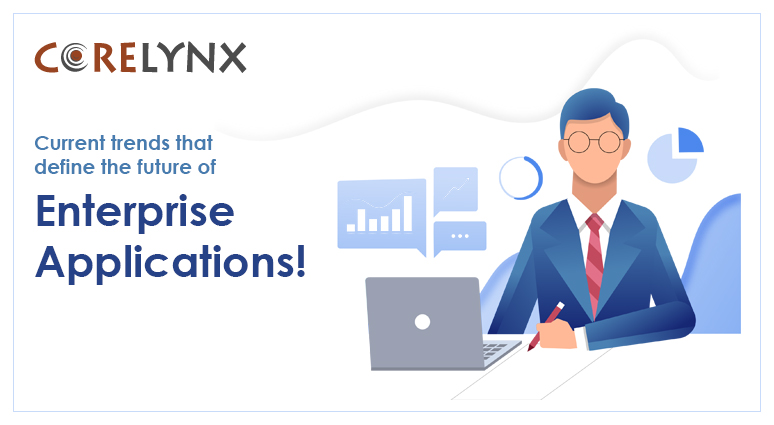
Posted by Paul Anderson
Current trends that define the future of Enterprise Applications!
A massive technological advancement has brought about a change in our ideas about business ownership and also that of enterprise applications. Of course, this change could lead to a better future by introducing maximum flexibility in processes, increasing transparency in cost of ownership and also accelerating the implementation procedure.
So let us now focus on the emerging trends that shape up the future of enterprise software solution.
1. Cloud deployment models change application economics
Currently, the conventional on-premise apps have reached their threshold. With software upgrading becoming costlier and complicated, maximum of the customers is deferring the deployment process for a long period of time. And the entire cloud computing technology including Saas (Software as a Service) turn out to the substitute model of deployment or the enterprise.
2. Mobile technology accelerates business processes
Mobile technology is evolving at rocket speed. Be it mobile device, software, product distribution media or anything, the techies have adopted this technology with open arms. The capacities of mobile technology in transforming business process depend not only on its convenience and speed but on its potentialities to sense, reply, convey and also gather information in real time scenario. Majority of the enterprises are taking steps so as to allow their development cycle gets acclimatized to tempo of the mobile world.
3. Application user experiences reach to the next level
Earlier enterprise application software was perfectly designed for optimizing transaction data capturing process. Today enterprise applications have reached a turning point. Now the business suppliers are using designs for optimum user experience. And their products/ apps are rich in graphics for bringing business intelligence as well as interactive displays that allow better decision and customer interactions in real time. Thus the focus has been shifted from data capturing to business outcome thereby expanding the reach of the application to a more diversified arena.
4. Extensibility improves via platform-as-a-service
The packaged apps of an enterprise include business tools for customization or extension. However the cost being involved in it, has forced many enterprises to look out for alternative options. They go for PaaS, a group of application development tools being used to extend all the applications to the cloud. Instead of building application or buying them from elsewhere, PaaS involves a balanced feature. A reliable enterprise resource planning (ERP) stands for adopting standard functionality as well as extensibility feature of PaaS in order to suffice the requirements of the enterprise.
5. Elastic computing platforms scale transactions and analytics
Many enterprises are vying for elastic application platform, an exclusive app platform which automates the elasticity of transaction processes, data as well as services thereby delivering high level of availability as well as performance with flexible resources. This EAP will not only help large companies to manage high volumes of transaction and internal data, but will also help many companies to draw insight from huge data resources that exist in public as well as industrial domains.
Do you want to know more about Enterprise Applications? Please feel free to visit www.corelynx.com.
